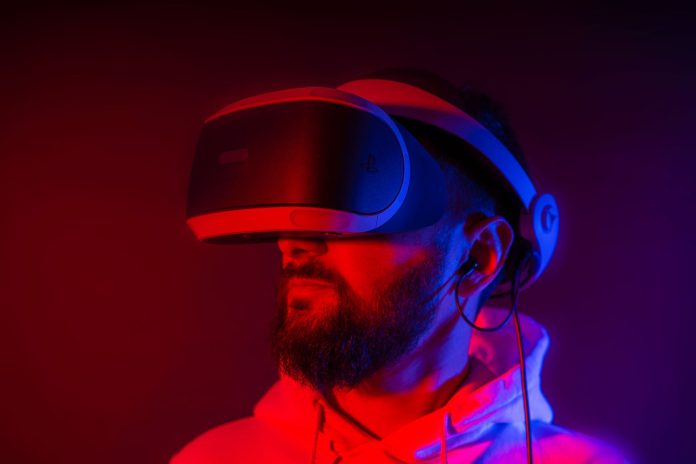Virtual Reality Applications: Immersive Experiences Across Industries is a fascinating topic that explores the various uses and impact of virtual reality technology in different sectors. This article aims to capture the readers’ interest by providing an overview of this subject and offering background information on virtual reality applications.
Revolutionizing Entertainment
Virtual reality has revolutionized the entertainment industry, providing immersive experiences like never before. From gaming to movies, virtual reality allows users to step into a virtual world and interact with their surroundings. This technology has opened up new possibilities for storytelling and has enhanced the overall entertainment experience.
Transforming Education
Virtual reality has the potential to transform education by creating engaging and interactive learning environments. Students can explore historical events, visit far-off places, and conduct virtual experiments, all within the comfort of their classrooms. This technology enhances comprehension and retention, making education more enjoyable and effective.
Enhancing Healthcare
Virtual reality applications have also made significant strides in the healthcare industry. Surgeons can practice complex procedures in a virtual environment, reducing the risk of errors during actual surgeries. Virtual reality therapy is being used to treat various mental health conditions, such as phobias and post-traumatic stress disorder, by creating controlled and immersive environments for exposure therapy.
Improving Training and Simulation
Virtual reality is being extensively used for training and simulation purposes across industries. From military training to flight simulations, virtual reality provides a safe and cost-effective way to practice complex tasks and scenarios. This technology allows individuals to gain practical experience and develop skills in a realistic yet controlled environment.
Advancing Architecture and Design
Virtual reality has revolutionized the field of architecture and design by enabling clients to experience and visualize spaces before they are built. Architects can create virtual walkthroughs, allowing clients to explore and make informed decisions about the design. This technology has improved communication between architects, designers, and clients, resulting in better outcomes.
Conclusion
Virtual Reality Applications: Immersive Experiences Across Industries showcases the wide-ranging impact of virtual reality technology. From entertainment to education, healthcare to training, and architecture to design, virtual reality is transforming various sectors and providing unique and immersive experiences. As this technology continues to evolve, we can expect even more innovative applications and advancements in the future.


